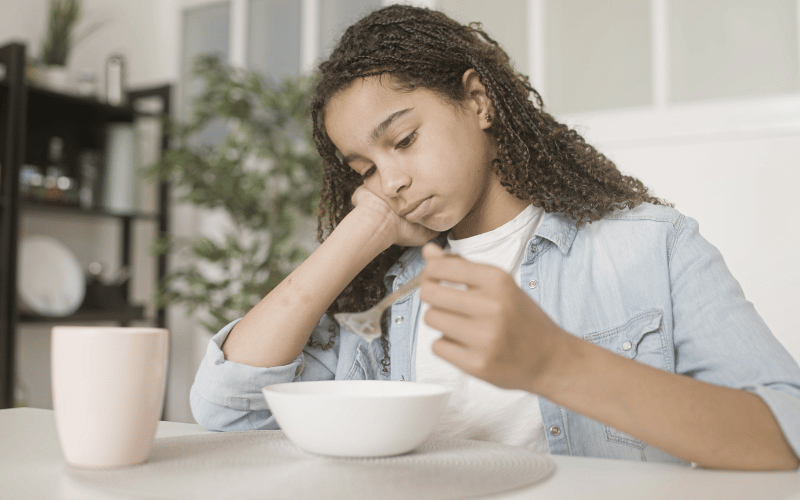Symptom 10: Loss of Appetite

Food and nutrition are the cornerstones of growth for children. A sudden loss of appetite or a discernible change in eating habits can be cause for concern. In the context of intussusception, this symptom is a manifestation of the distress and discomfort in the child’s gastrointestinal system.
The telescoping of one segment of the intestine into another can create a physical obstruction. This blockage can make the passage of food difficult, leading to discomfort. Naturally, a child would associate eating with this discomfort and might show a reduced interest in food.
Loss of appetite might initially manifest as skipping a meal or showing a preference for liquids over solids. However, as the condition progresses, the child might even refuse their favorite foods. This aversion to eating isn’t just about the physical obstruction but also the associated pain, nausea, or even the fear of impending pain post eating.
Observing behavioral changes during meal times can be telling. The child might become fussy, push food away, or even show visible signs of distress when presented with food. When this change in appetite is combined with other intussusception symptoms, it paints a clearer picture of the potential diagnosis.
It’s essential to address the root cause rather than just the symptom. While ensuring the child gets adequate nutrition is vital, understanding and treating the underlying intussusception is even more crucial. Prompt medical intervention can restore normalcy and get your child back on the path to health and well-being. (10)